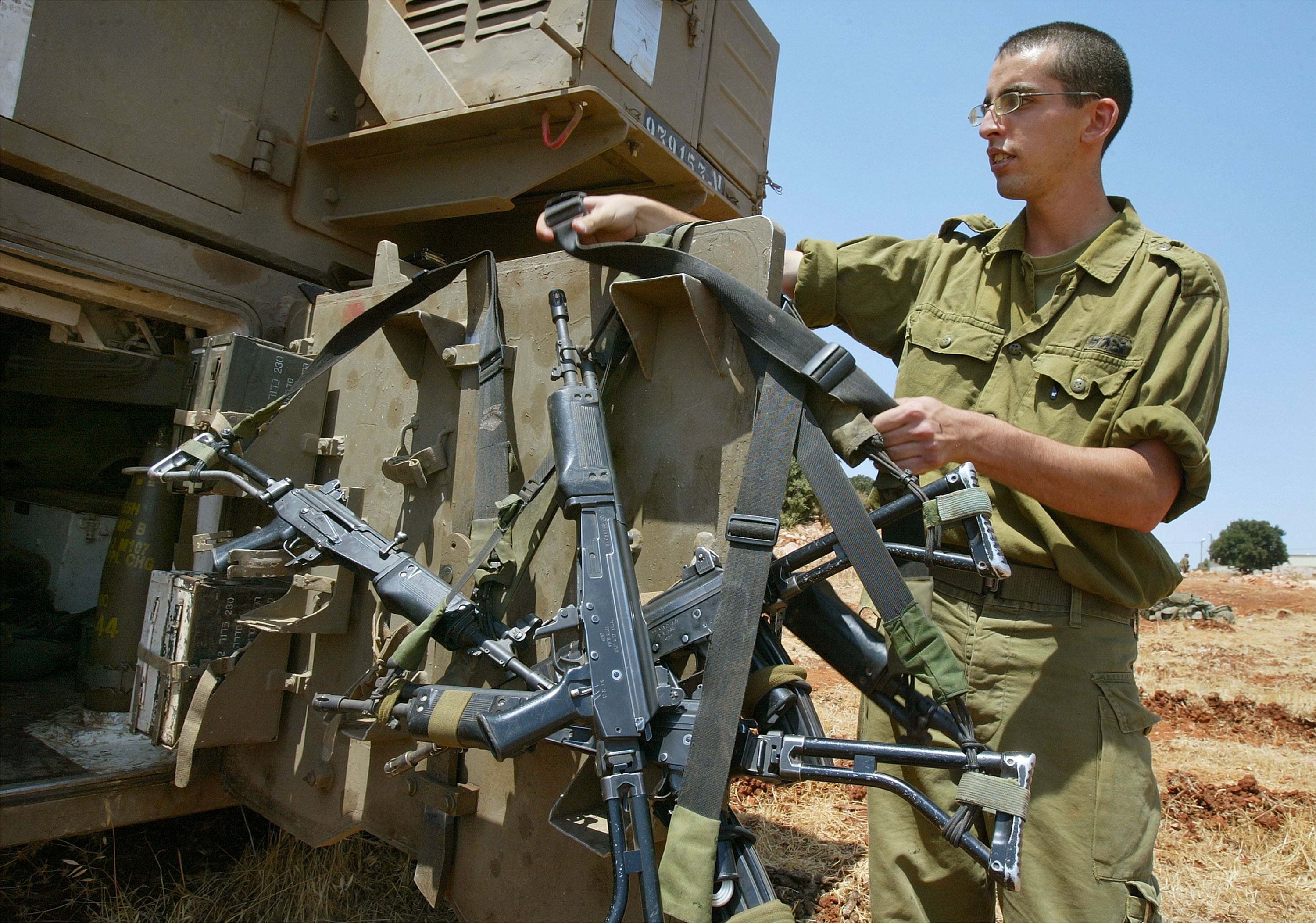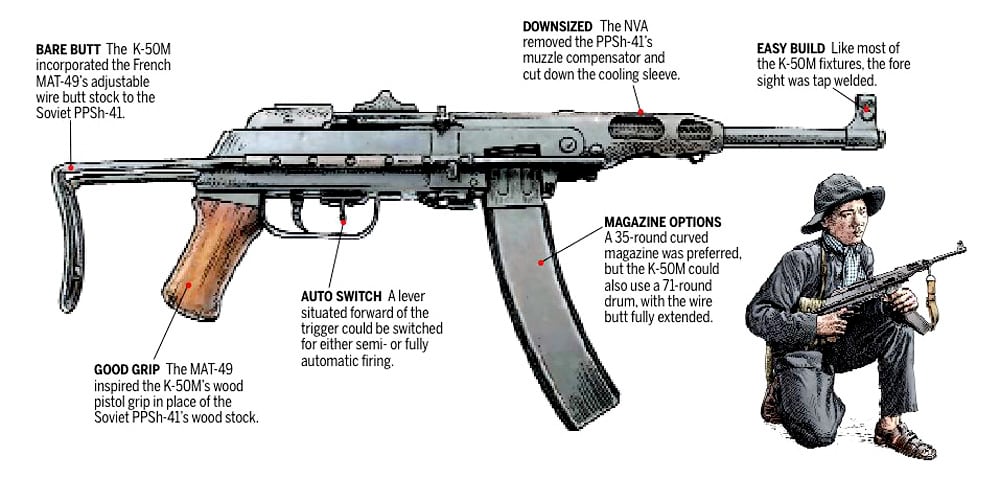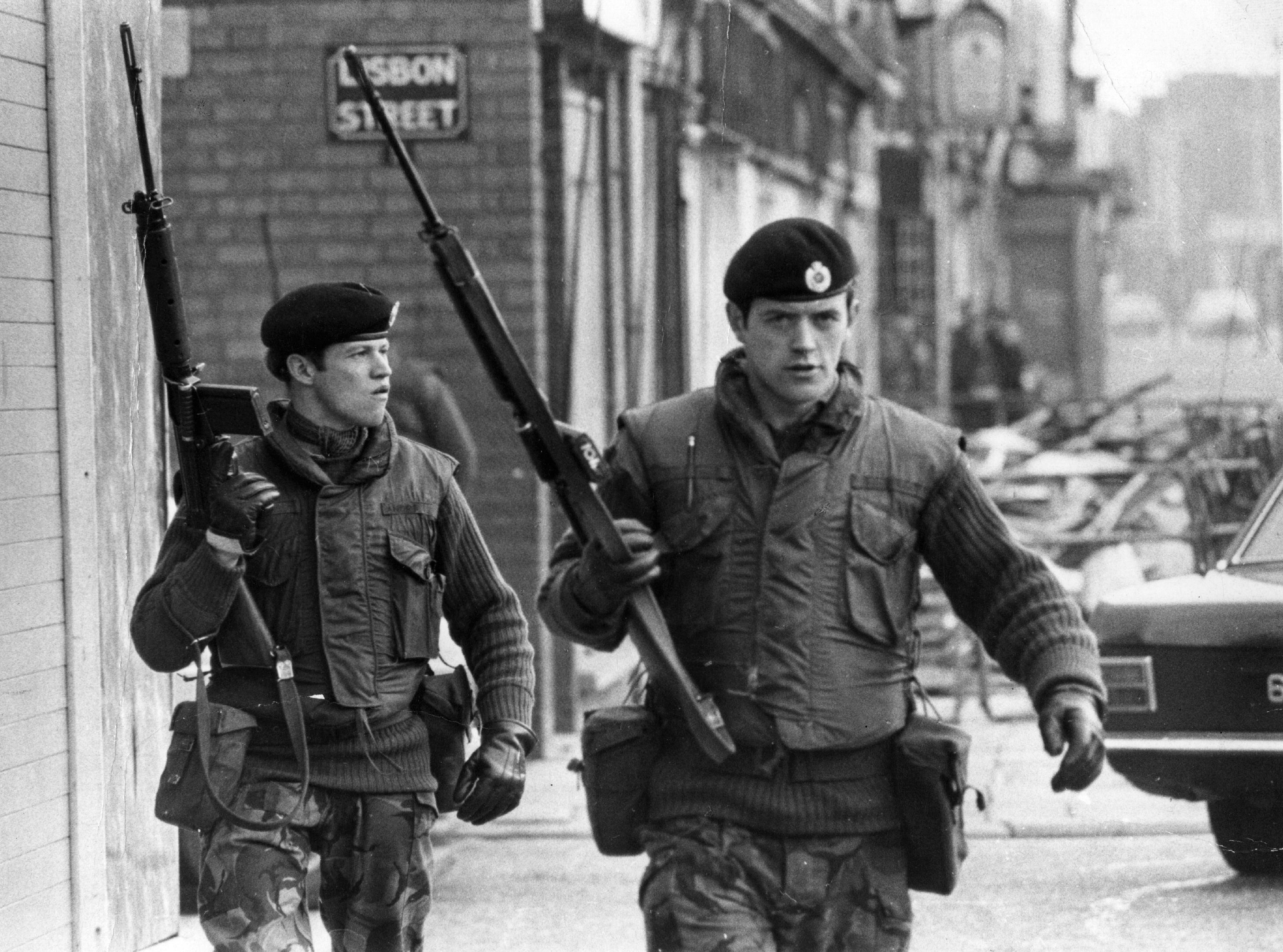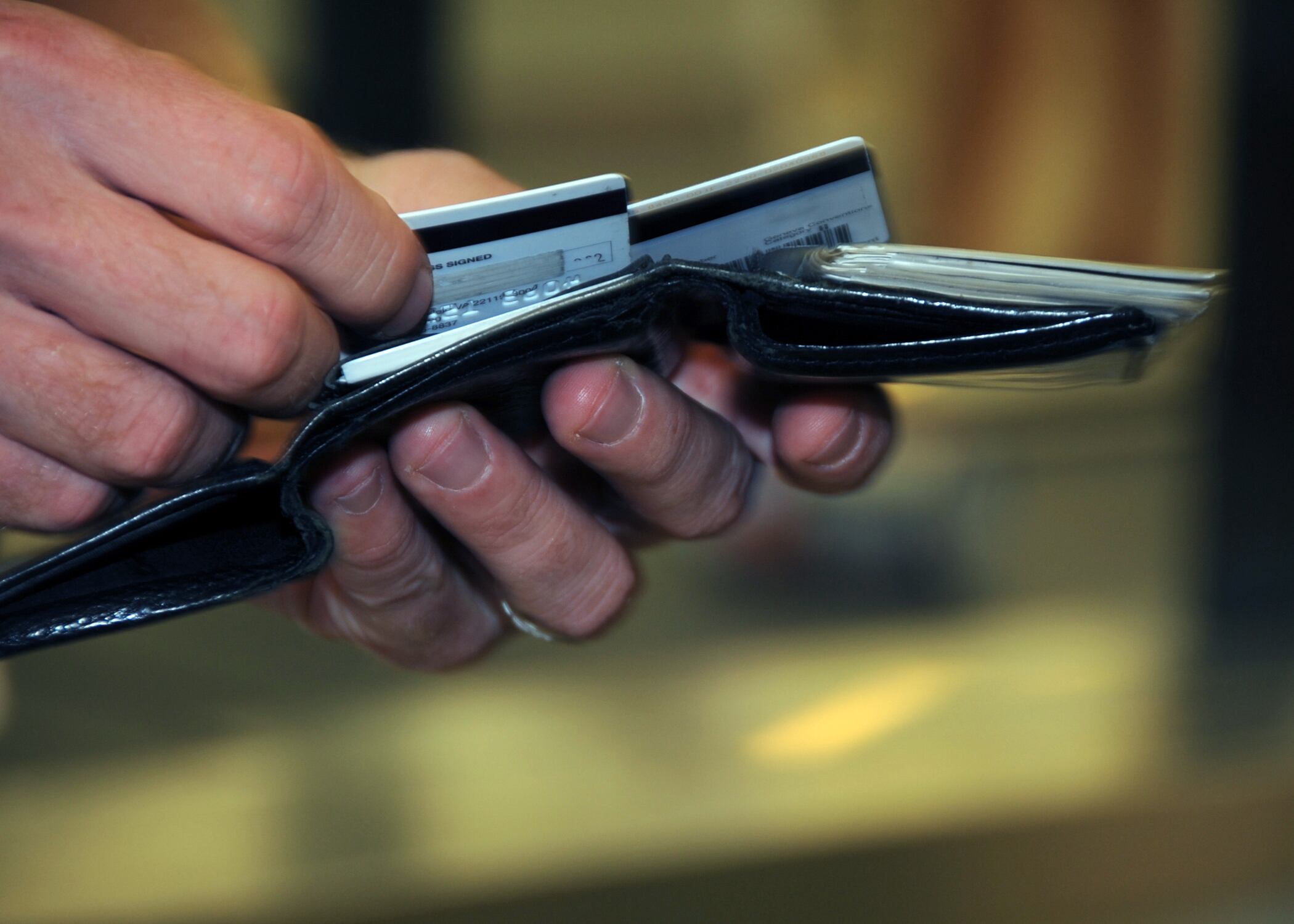During its war with the French, the communist Viet Minh combined guerrilla warfare and improvisation with more conventional tactics made possible by smuggling large stocks of weaponry from the People’s Republic of China. The latter’s contribution included most of the artillery used in the 1954 siege of Dien Bien Phu and generous amounts of Type 50 submachine guns, Chinese copies of the simple but highly effective Soviet PPSh-41 of World War II.
After having to settle for only the northern part of the territory they regarded as their own in the Western-brokered peace that followed the ouster of the French from Indochina, the North Vietnamese set about preparing for their next move, the overthrow of the United States-backed government in South Vietnam and its incorporation into a united, communist Vietnam.
RELATED

While the North Vietnamese did not have a full-fledged weapons industry, they did have the engineering capacity to create a submachine gun for the fight to come by combining elements of the Type 50 with those of the French MAT-49, large stocks of which they had also acquired in the course of their just-concluded conflict. The result was a distinctive looking weapon in its own right that, in classic Vietnamese style, involved more ingenuity than invention.
The basis for the weapon was the Chinese Type 50, a blowback, open bolt submachine gun, but with its heat shield cut back three inches and faired into the barrel. The muzzle compensator, designed to reduce barrel climb while firing fully automatic, was removed and a new foresight tap welded to the muzzle.

The simple open leaf sight could be set for 100 to 200 meters. The wooden furniture and stock, which were vulnerable to rot in Indochina’s operating conditions, were removed and replaced with a wooden hand grip behind the trigger and an adjustable wire butt as used on the MAT-49, welded to either side of the gun. Ammunition was generally carried in a curved 35-round magazine, but the SMG was capable of accommodating the original Type 50’s circular 71-round drum if the wire butt stock was pulled fully back.
Firing the same 7.62x25mm round as the original PPSh-41, the M-50K, as the North Vietnamese SMG was designated, had a muzzle velocity of 1,600 feet per second, a rate of fire of 700 rounds per minute and an effective range of 100-150 feet.
RELATED

At 22 1/2 inches with the butt stock fully retracted, it was 4 inches shorter than the original Type 50 and at 8.8 pounds, two pounds lighter.
The K-50M was produced from 1958 to 1964 and although North Vietnam’s industry was in a relative embryonic stage, its forged or stamped parts with minimum machining allowed it to be manufactured in substantial numbers.
Needless to say, K-50Ms soon found their way into the hands of the South Vietnamese communist guerrillas, or Viet Cong, and the first captured examples were examined by the Army of the Republic of Vietnam and their American allies in 1963.
Some were lacking the PPSh’s laminated felt or leather buffers behind the breechblock to absorb recoil and that, combined with the lack of compensators, adversely affected their accuracy. Since the Viet Cong usually engaged the enemy at 50-meter ranges in the heavily forested terrain on which they operated, they regarded the K-50M’s rate of fire more of an advantage than its precision.
The Vietnamese, constantly invaded throughout their history by their northern Chinese neighbors, had developed a xenophobic streak that made them wary of even their nominal Soviet and Chinese allies. In the early years of what they called the “American War,” the K-50M provided the North Vietnamese Army with an effective indigenous infantry weapon that it could produce regardless of whether help from either ally was forthcoming.
As both countries began supplying them with large amounts of SKS carbines and AK-47 assault rifles, however, those weapons swiftly overtook and eclipsed the K-50M as the standard NVA and VC long arms.





